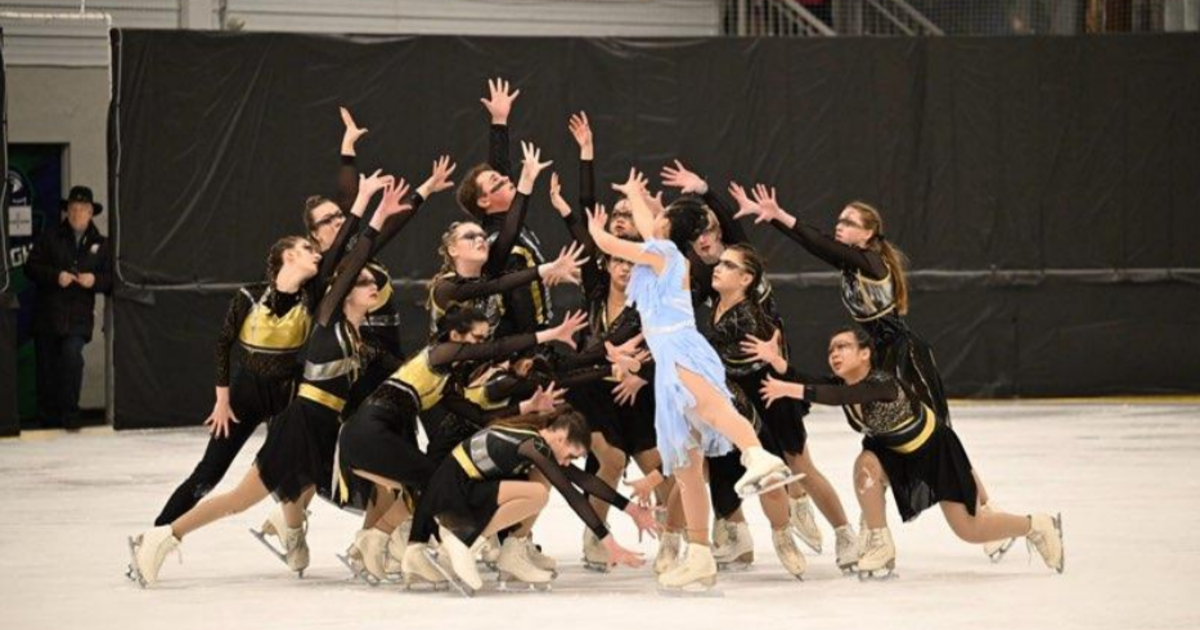The Story of #1 - Part 3 - by Anthony Gargano

Away from Lucas Oil Stadium and all of the drills and Under Armour, the NFL combine in Indianapolis feels like any other recruiting conference, especially in the evening at the nearby Holiday Inn Express on South Missouri Street. It's here that the top talent eligible for the draft stay on the second, third and fourth floors and meet potential suitors for the first time, barring a brief encounter at the Senior Bowl. Each team in the league takes a room on the first floor of the hotel and will conduct rounds of nightly interview sessions with players that last from 6 p.m. to usually sometime after 10.
At the beginning of the combine, each player receives a schedule card marking team, time and day. Teams are allowed to interview a maximum of 60 players for the entire combine and the sessions are tightly orchestrated. The interviews last exactly 15 minutes, with a practice horn used to designate a "two-minute warning." By a second practice horn, players must be out of the designated room. The league moved to structure the interview process because it used to be a free for all in the atrium, with agents, team officials and players milling about, and scouts pulling various players inside a team room for an interview that often lasted close to 30 minutes.
The sessions provide the first peek into a player's character, as well as his level of understanding from a technical standpoint. Most teams begin with a generic line of questioning before becoming more specific.
What is your goal?
"Just to be drafted in the NFL," a player may respond.
Then what? After you get drafted, what motivates you?
Some might answer, "To become starter, make the Pro Bowl, then the Hall of Fame."
That's nice. But what about the team?
One personnel man recalled that Ndamukong Suh talked at length about creating his own engineering firm.
"Suh was very bright," he said. "He had a lot of stuff going on outside football. It sounds strange but sometimes that's a negative."
That's a positive-negative. If a player has a blight on his record, teams will question him as though he's on the witness stand.
Did you ever get in trouble? No? Well, it says right here that you did. What happened? Why did you do that? What were you thinking right then and there? Tell me what happened again?
"It's a mind-boggling process," remarked quarterback Kevin Kolb, the new Eagles starting quarterback who was drafted with the 36th overall pick in 2007. "One night I had 11 meetings in a row with different teams. Forty-five seconds between each one. Man, it's pretty ruthless. GM. Coach. Offensive coordinator. Sometimes the owner. They're firing questions at you. Say you're a guy who transferred, they'll poke at those points. Why did you transfer? Why did you give up? Why did you let that other guy get beat you?"
Kolb recalled his session with the Lions. One of the coaches said to him, "You've been a Texas boy your whole life, how would you adjust to the cold weather in Detroit?"
He paused.
"Not to be a smart ass or anything, sir," he said, "but don't y'all play in a dome?"
On February 27, with a video camera recording each session, the Rams began the interviewing process for No. 1 (and the rest of their draft) paying special attention to the quarterbacks, Bradford, Clausen, McCoy and Florida's Tim Tebow.
They showed each player five or six plays of varying success of themselves, and asked them to dissect the tape.
"All four of those kids knew what they were doing," Spagnuolo said. "Tebow took the lead. He grabbed the remote, sat up in the seat, elbows on his knees, and could tell you everyone on the field. What they were doing. What their responsibility. He really has a special aura about him. He could have stayed there all night."
McCoy, meanwhile, came across as a gentleman. He texted back Spagnuolo following his meeting, "Thanks for the opportunity to meet with you, Coach. We can win a lot of games together."
McCoy was a winner, Spagnuolo thought. He could see him in the league, a game manager, steady, making the right decisions.
However, one player took the early lead in the process. But they still had to watch him throw. How was the shoulder? Was it fully healed? Did it affect his motion?
Check back soon for Part 4



